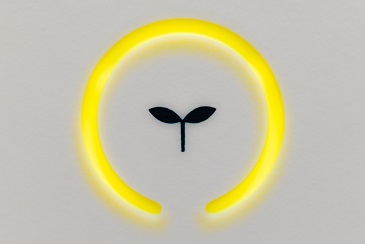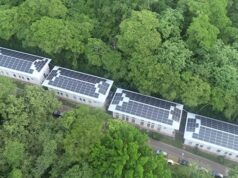
NATIONAL REPORT—Tourism is responsible for 5 percent of global CO2 emissions owing in no small part to the significant energy use and water consumption of hotel services. The exponential growth of the sector and its level of consumption require an urgent response to lead it to a more sustainable path. The establishment of greener bathrooms and ensuites is particularly vital since one single room bathroom can consume between almost 16,000 gallons and 53,000 gallons of water a year. Below are just a few strategies forward-thinking hotels and resorts are utilizing to lower their carbon footprint.
Water Saving Basin Faucets & Toilets
Sustainable basin faucets, which are either battery-operated or electrical, are easy to install in current bathroom systems. They enable consumers to reduce their water waste by reducing the amount of water used by two-thirds. They contain an automatic water flow control system that prevents wastage. Some systems have self-closing faucets, which close after a specific number of seconds. Modern resort bathrooms also have low-flow toilets, which work efficiently with less water.
Intelligent Hand Dryers
Smart hand dryer companies are providing hotels with intelligent, eco-friendly dryers that save large amounts of water. It takes five gallons of water to produce just one pound of paper. Smart hand dryers are a means of transforming wasteful resort washrooms into sustainable, connected tools that dry hands in close to 10 seconds while using one-third of the power of traditional dryers. These devices also have built-in sensors that report the number of “drys” to cleaners, so they know when bathrooms (especially those in common areas of a hotel) need a touch-up.
Embracing Eco-Friendly Materials
New-build hotel bathrooms are relying on sustainable materials like bamboo, cork, glass, metal, or porcelain. These materials lend spaces a modern look while also protecting the environment. Bamboo, for instance, is an ultra-fast-growing grass that requires no fertilizer and self-generates roots upwards. Therefore, it does not need to be replanted when it is cut down. It also requires small amounts of water and does away with pesticides and other toxins that harm waterways and ecosystems.
Using LED Bulbs
Resorts are lighting up bathrooms and ensuites with LED bulbs, which convert 95 percent of energy into light, with only 5 percent being wasted in the form of heat. This means that they require less power than traditional lighting. They additionally last over 70,000 hours, compared to only 34,000 hours for fluorescent lighting. Because they are self-contained, they don’t require a ballast, which wears down and needs to be replaced in traditional lighting. An 11-watt LED tube can produce around 150lm/w (or 1540 lumens), while a 29-watt fluorescent tube and ballast produce approximately 50-100 lm/w (between 1450 and 2900 lumens).
Sustainable Heating
Underfloor heating that relies on hot water that is circulated beneath the surface via pipes from a boiler) cuts down on energy costs while keeping the flooring of ensuites and bathrooms comfortably warm. It replaces bulky radiators, distributes heat evenly, and has far lower running costs than electric underfloor heating. Used alongside a quality thermostat, it enables hotels to measure the floor temperature and choose optimal temperatures via a dedicated app.
The tourism industry poses a big challenge to the Paris 15 agreement against global warming. Energy and water wastage in bathrooms and other spaces are two issues that can be tackled through sustainable design features. These range from eco-friendly materials to water-based underfloor heating and smart devices that reduce wastage and energy usage.






